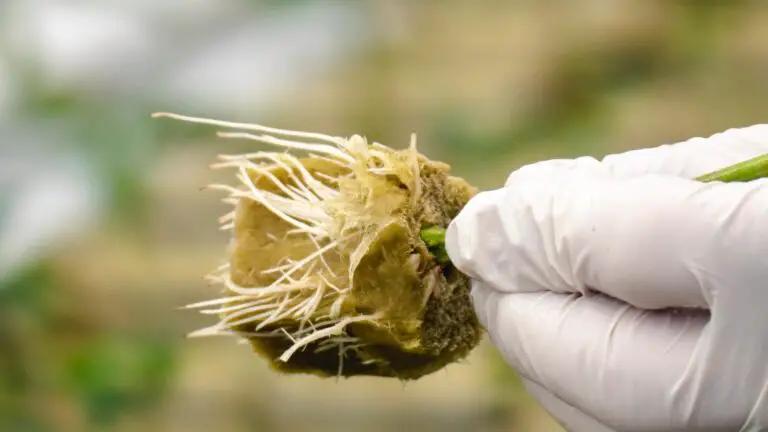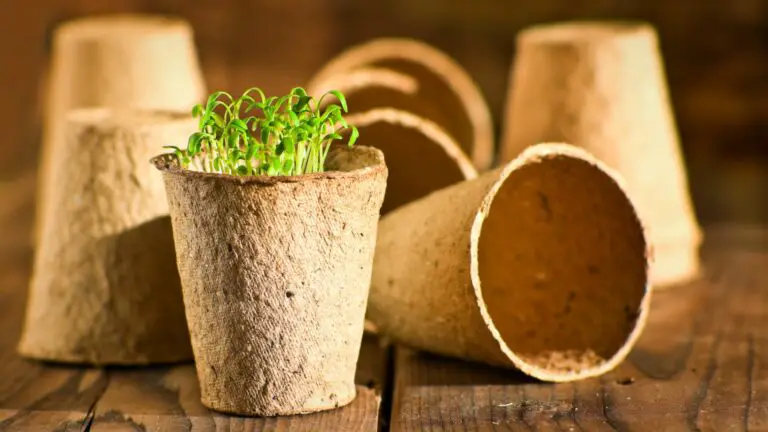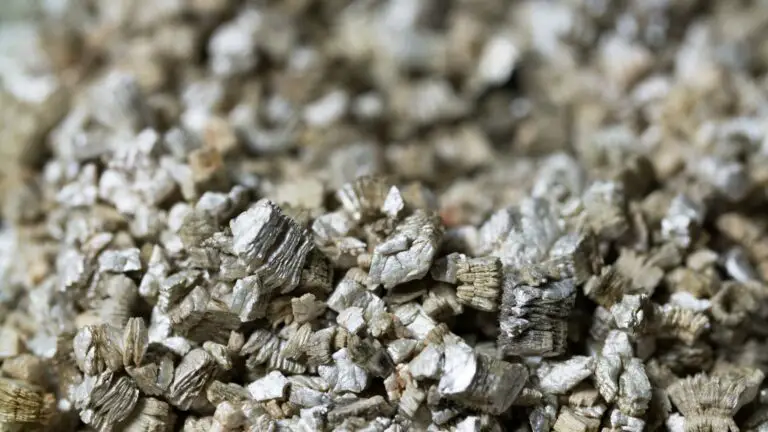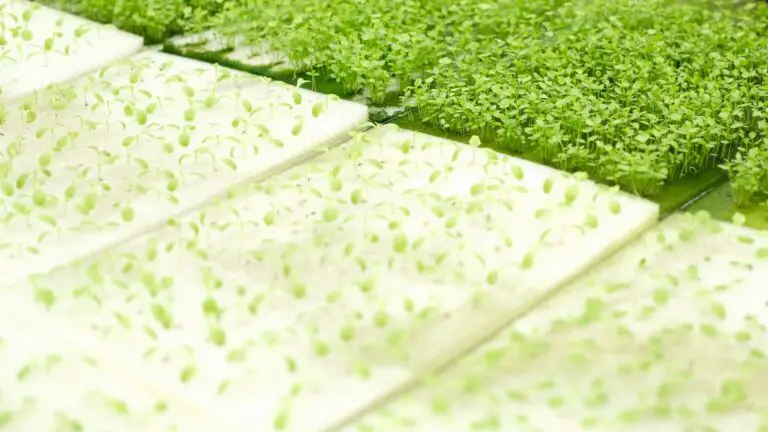10 Characteristics of Ideal Hydroponic Growing Medium
Disclosure: Your purchases through our links may earn us a small commission, supporting our site’s ability to provide valuable information to our readers. Rest assured, it won’t impact your price. Thank you for your support.
Are you looking for the perfect Hydroponic Growing medium? Look no further!
As per the research, the perfect Hydroponic Growing medium has all the desired characteristics!
This blog post will discuss ten characteristics of Hydroponic Growing mediums that make them so great for Hydroponics and why they are so important!
Why Is Hydroponic Growing Medium Important?
The hydroponic Growing medium is a material that provides support for Hydroponics plants.
Hydroponic growing mediums are many, such as peat moss, coco coir/coconut fiber, oasis cubes, sponges, clay Pebbles, rockwool, gravel/sandstone/growstone, rice hulls, sawdust, perlite, and vermiculite. (Note: If you are looking to buy any growing medium for your garden, check the links provided at the end of this post)
Related: 5 External Factors Affecting Germination in Hydroponic Rockwool
Some benefits of using a Hydroponic growing medium are:
- The Hydroponic Growing medium can help retain moisture and nutrients for the plants, which can be crucial in a Hydroponics system with a limited amount of water.
- The Hydroponic growing medium helps anchor the plants and keep them in place. This is important because it prevents the plants from uprooting by the water current or the wind.
- The Hydroponic growing medium can also help to aerate and fertilize the plants. Hydroponic Hydrocorn coco plugs are great for this purpose.
Related:
12 Top Benefits of Rockwool in Hydroponic Systems
How Can Vermiculite Hydroponics Help You Grow Delicious, Nutritious Vegetables?
Coco Peat vs Coco Coir: What’s the Difference?
How to Select an Ideal Hydroponics Growing Medium?
An ideal Hydroponics Growing medium should have all or some of the following characteristics:
- Good aeration and drainage It is also important that the growing medium have good drainage so that any excess water can flow freely out of the system. This will help keep the plants’ roots healthy and prevent them from becoming too wet or soggy. Avoid using overly fine materials to prevent excessive water retention and lack of aeration within the medium.
- Good porosity Hydroponics Growing Media with pores is important for nutrient uptake by roots. The medium must stay damp from the nutrient flow long enough for plants to absorb all their required nutrients between cycles. So, you can easily and cheaply create a hydroponic garden that will provide you with fresh fruits and vegetables all year round.
- Low density Hydroponics Growing media with low specific gravity (density) is important because it allows more air and water to reach the roots, essential for healthy plant growth. Most commercial Hydroponics Growing media have a specific gravity of less than one.
- Non-toxic Hydroponics Growing media must be inert and non-toxic to plants, humans, and animals.
- Reusable/recyclable Hydroponics Growing media should be reusable or recyclable for sustainability purposes.
- Affordable Hydroponics Growing media can range in price from a few dollars to a hundred or more per cubic foot. Hydroponics Growing media is one of the least expensive components in Hydroponic systems, and consider them when selecting an ideal Hydroponics Growing medium.
- Flexible Hydroponics Growing media must adapt to changing hydroculture conditions such as growing substrate moisture levels. Hydroponics Growing medium that is too rigid or dense can cause poor drainage, runoff, and water-logging problems.
- Durability: Hydroponic Growing media must withstand the test of time. If it falls apart easily, it will cause drainage and aeration problems. Therefore, avoid soft aggregates that disintegrate because they can cause significant problems for your plants. Look for Hydroponic Growing media that is durable and long-lasting.
- Sterile: It’s hard to keep your plants healthy and free of pests and diseases when you’re using a non-sterile growing medium. A clean and sterile growing medium is the best way to minimize the spread of both diseases and pests. It also doesn’t introduce additional nutrients to the roots. Sterile media may be reused during the pasteurization process by heating at 180 F for 30 minutes or soaking in a 10% bleach solution for 20 minutes, followed by multiple rinses of tap water.
- Chemical properties: An ideal hydroponic growing medium’s chemical properties are neutrality (pH) and a good cation-exchange capacity. This is important because it will help hold onto the nutrients that the plants need to grow. By having these properties, the plants will thrive in the hydroponic system.
Related:
12 Alternatives to Rockwool for Hydroponic Farming
7 Low-Cost Alternatives to Rockwool

In Summary
When selecting an ideal Hydroponics Growing medium, it is important to consider all of the characteristics mentioned above. Hydroponics Growing media with good aeration and drainage, good porosity, low density, non-toxicity, recyclable/reusable, affordable, flexible, durable, sterile, and with the appropriate chemical properties will allow your plants to grow healthy and thrive in a Hydroponic system.
There are different types of Hydroponics Growing mediums available today. It can be challenging to decide which one is best for you, with so many options to choose from. It is important to select the right one for your specific application. By considering the ten characteristics of an ideal Hydroponics Growing medium, you can make an informed decision and find the perfect medium for your needs.
Thank you for reading!
If you loved this one, you may also check out other stories in Hydroponic Way.
Sponge as a Hydroponic Growing Medium: How It Works?
9 Useful Tips to Create a Sustainable Hydroponic Garden for Long Term Success
If you are looking for a growing medium click the links to select the best one for your garden.
Clay granules/Clay Pebbles, Peat moss, Coco coir, Coco peat, Oasis cubes, Sponges, Rockwool, Gravel/Sandstone/Growstone, Rice hulls, Sawdust, Perlite, and Vermiculite.





